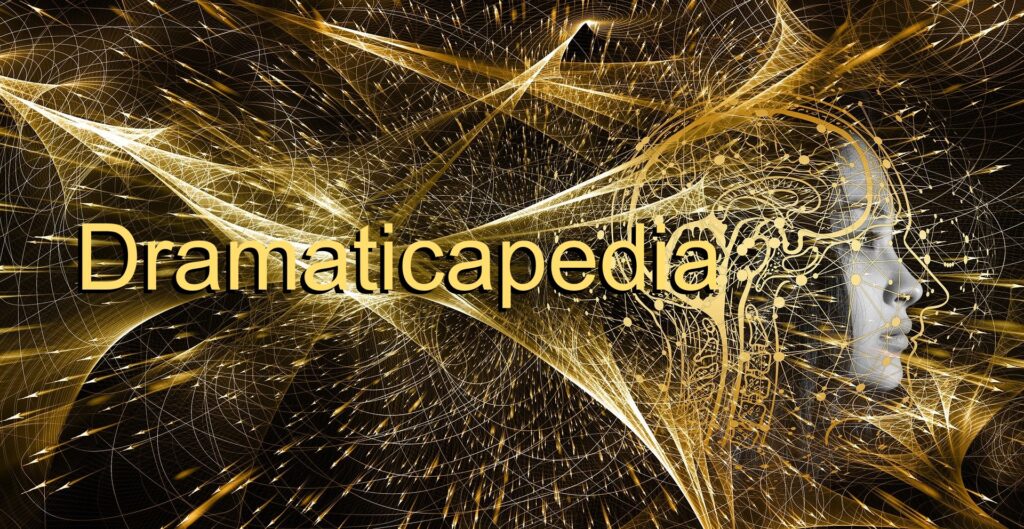
What follows is an excerpt from an early unpublished draft of the book that ultimately became, Dramatica: A New Theory of Story. This section provides an explanation of how stories emerged from the evolution of communication.
*
Any writer who has sought to understand the workings of story is familiar with the terms “Character”, “Plot”, “Theme”, “Genre”, “Premise”, “Act”, “Scene”, and many others. Although there is much agreement on the generalities of these concepts, they have proven to be elusive when precise definitions are attempted. Dramatica presents the first definitive explanation of exactly what stories are and precisely how they are structured.
The dramatic conventions that form the framework of stories today did not spring fully developed upon us. Rather, the creation of these conventions was an evolutionary process dating far into our past. It was not an arbitrary effort, but served specific needs.
Early in the art of communication, knowledge could be exchanged about such things as where to find food, or how one felt – happy or sad . Information regarding the location or state of things requires only a description. However, when relating an event or series of events, a more sophisticated kind of knowledge needs to be communicated.
Tales
Imagine the very first story teller, perhaps a cave dweller who has just returned from a run-in with a bear. This has been an important event in her life and she desires to share it. She will not only need to convey the concepts “bear” and “myself”, but must also describe what happened.
Her presentation then, might document what led up to her discovery of the bear, the interactions between them, and the manner in which she returned safely to tell the tale.
Tale: a statement (fictional or non-fictional) that describes a problem, the methods employed in the attempt to solve the problem, and how it all came out.
We can imagine why someone would want to tell a tale, but why would others listen? There are some purely practical reasons: if the storyteller faced a problem and discovered a way to succeed in it, that experience might someday be useful in the lives of the each individual in the audience. And if the storyteller didn’t succeed, the tale can act as a warning as to which approaches to avoid.
By listening to a tale, an audience benefits from knowledge they have not gained directly through their own experience.
So, a tale is a statement documenting an approach to problem solving that provides an audience with valuable experience.
Stories, Objective and Subjective
When relating her tale, the first storyteller had an advantage she did not have when she actually experienced the event: the benefit of hindsight. The ability to look back and re-evaluate her decisions from a more objective perspective allowed her to share a step by step evaluation of her approach, and an appreciation of the ultimate outcome. In this way, valid steps could be separated from poorly chosen steps and thereby provide a much more useful interpretation of the problem solving process than simply whether she ultimately succeeded or failed.
This objective view might be interwoven with the subjective view, such as when one says, “I didn’t know it at the time, but….” In this manner, the benefit of objective hindsight can temper the subjective immediacy each step of the way, as it happens. This provides the audience with an ongoing commentary as to the eventual correctness of the subjective view. It is this differential between the subjective view and the objective view that creates the dramatic potential of a story.
Through the Subjective view, the audience can empathize with the uncertainty that the storyteller felt as she grapples with the problem. Through the Objective view, the storyteller can argue that her Subjective approach was or was not an appropriate solution.
In short then:
Stories provide two views to the audience:
• A Subjective view that allows the audience to feel as if the story is happening to them
• An Objective view that furnishes the benefit of hindsight.
The Objective view satisfies our reason, the subjective view satisfies our feelings.
*
Read the entire unpublished draft here.
Read the free online edition of Dramatica – A New Theory of Story in its final form.
Get a paperback of the published version for easy reference on Amazon.

